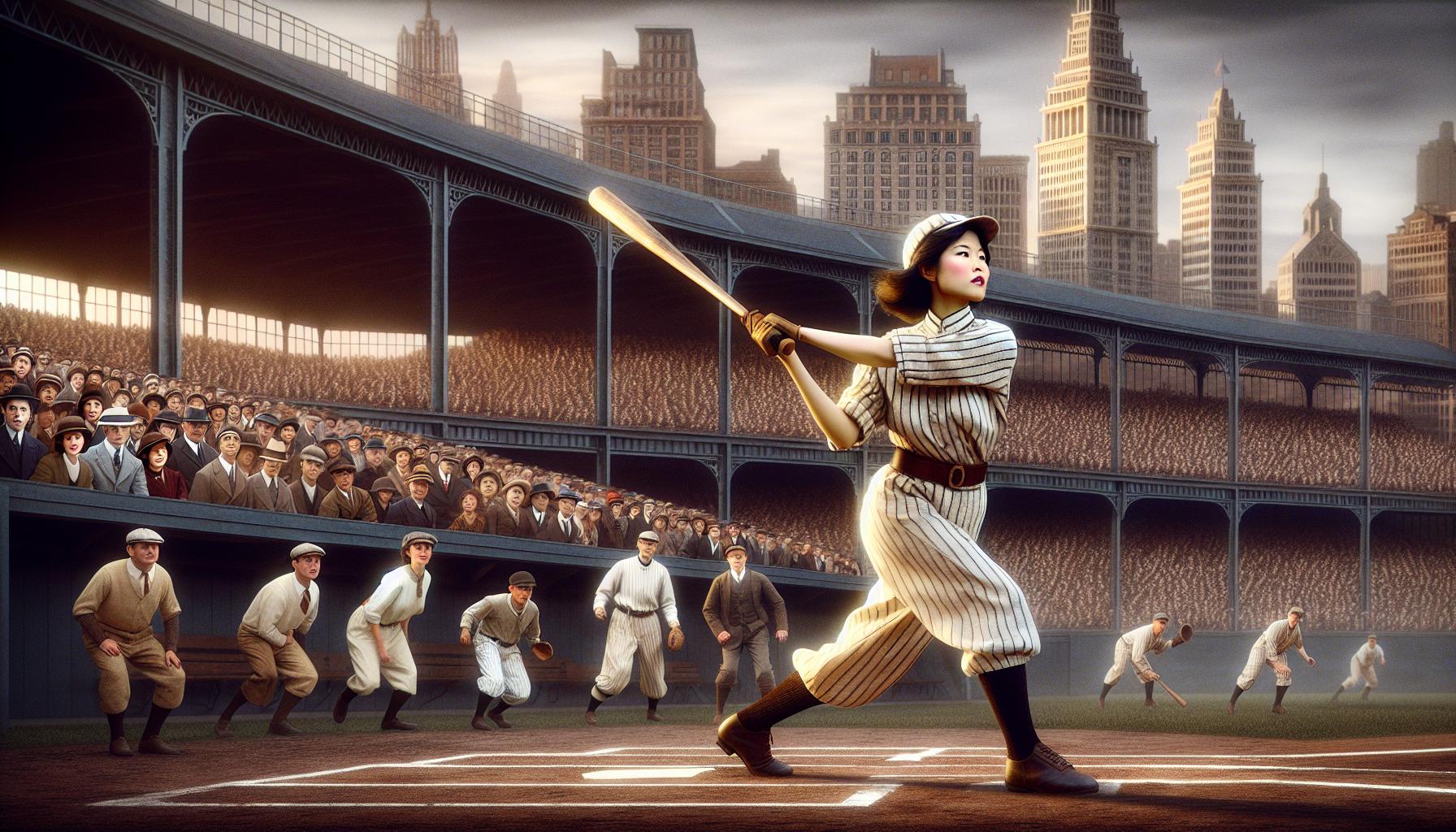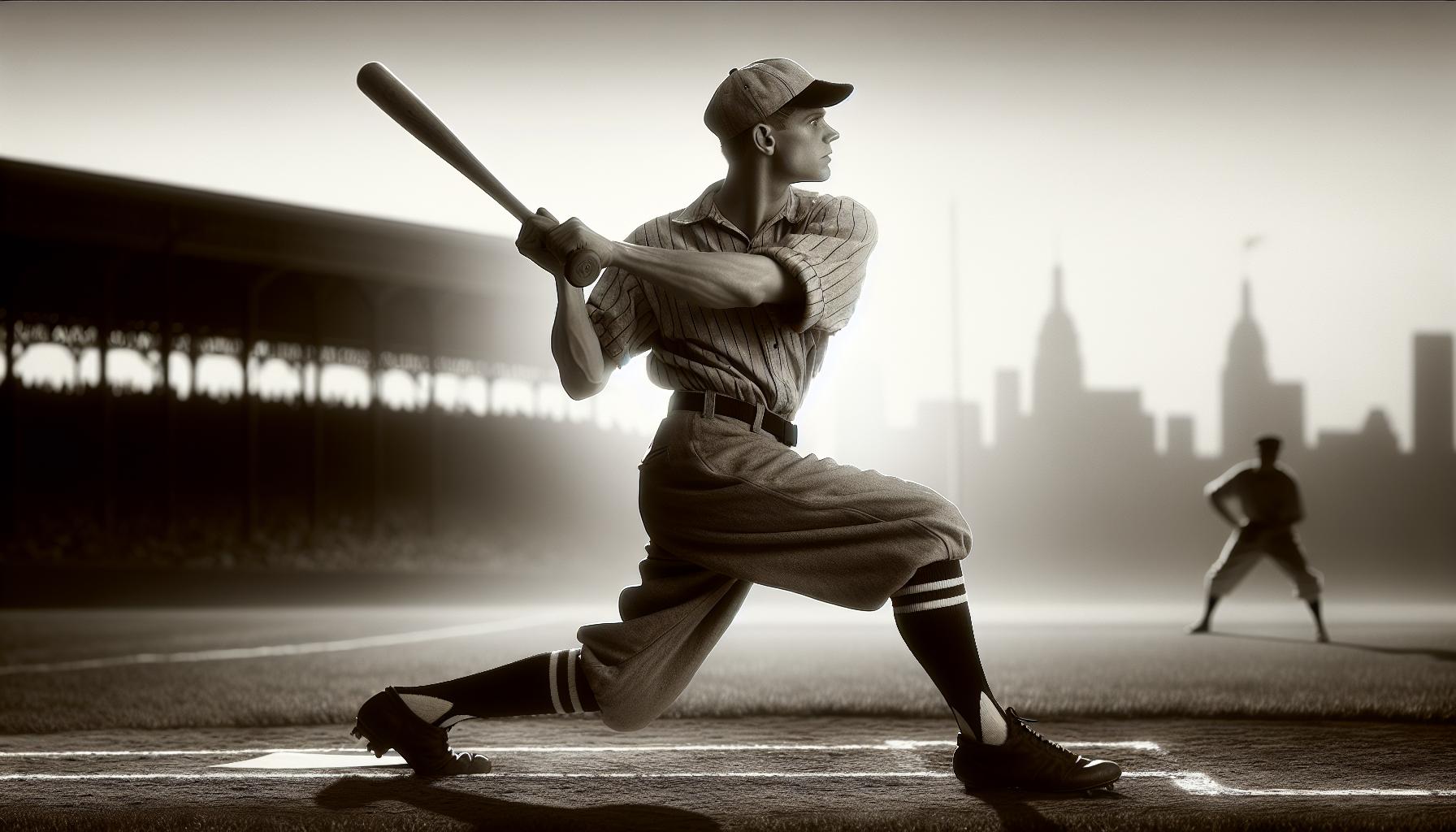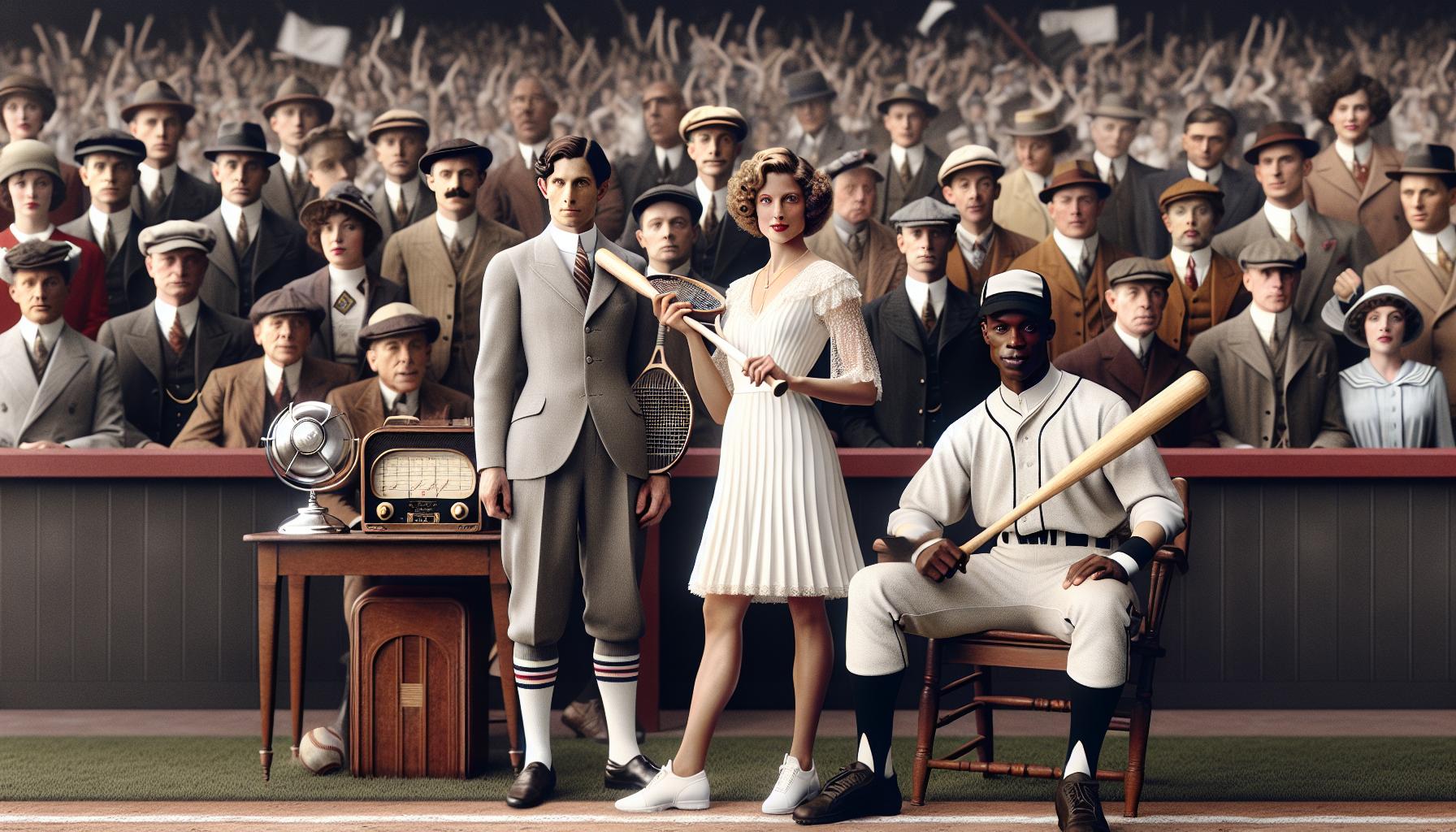Key Takeaways
- Cinematic Masterpiece: “Chinatown” is recognized as a pivotal work in American cinema, merging traditional film noir with complex themes of corruption and power.
- Character Depth: The film features multi-dimensional characters, particularly Jake Gittes and Evelyn Mulwray, whose personal struggles highlight broader societal issues, especially regarding gender dynamics.
- Themes of Power and Betrayal: Central themes explore the corrupting influence of power, as seen through the manipulation of resources, reflecting real-world societal hierarchies and ethics.
- Cinematic Techniques: The film employs effective cinematography, including chiaroscuro lighting, and a haunting score that enhances emotional intensity and narrative depth.
- Cultural Legacy: “Chinatown” has had a lasting impact on the film industry and cultural discourse, influencing subsequent filmmakers and igniting discussions on systemic corruption and ethics.
- Ongoing Relevance: The film’s exploration of themes like resource exploitation and moral ambiguity continues to resonate in contemporary societal conversations.
“Chinatown” stands as a cinematic masterpiece that transcends the boundaries of traditional film noir. Released in 1974, it intricately weaves a tale of corruption, mystery, and the dark underbelly of Los Angeles. The film’s rich narrative and complex characters invite viewers to explore the themes of power and betrayal, making it a compelling subject for analysis.
As the story unfolds through the eyes of private investigator Jake Gittes, audiences are drawn into a labyrinth of deceit that reflects the societal issues of its time. The film’s striking visuals and haunting score further enhance its impact, solidifying “Chinatown” as a significant work in American cinema. Analyzing its elements reveals not only the artistry behind the film but also the deeper meanings that resonate with audiences even today.
Chinatown Movie Analysis
“Chinatown,” directed by Roman Polanski, showcases a layered exploration of 1930s Los Angeles. The film centers on private investigator Jake Gittes, portrayed by Jack Nicholson. Gittes becomes embroiled in a web of deceit involving water rights, urban development, and corruption.
The screenplay, written by Robert Towne, offers a multifaceted narrative. Themes of power and betrayal resonate throughout the plot, reflecting societal struggles present in both historical and contemporary contexts. The film’s setting enhances its noir aesthetic through shadowy cinematography and distinctive period details.
Character development plays a significant role. Gittes evolves from a seemingly confident investigator to a man confronting harsh truths. Evelyn Mulwray, played by Faye Dunaway, adds depth as a tragic figure entangled in her family’s dark secrets.
The score, composed by Jerry Goldsmith, amplifies the film’s tension and mood. Its haunting melodies establish an emotional connection, drawing viewers into the narrative’s complexity. Additionally, the visual style, characterized by chiaroscuro lighting and meticulous production design, reinforces the film’s themes of mystery and moral ambiguity.
“Chinatown” remains significant in American cinema not only for its storytelling but also for its commentary on systemic corruption and the fragility of justice. Its complex interplay of narrative and thematic elements invites ongoing discussion and analysis, solidifying its status as a key film in the noir genre.
Key Themes in Chinatown

“Chinatown” intricately weaves themes that resonate deeply with viewers, showcasing the complexities of power dynamics and the societal roles of women. These themes underpin the film’s narrative and expose the darker elements of human nature.
Power and Corruption
Power and corruption serve as central themes in “Chinatown.” The film depicts the manipulation of resources, particularly water, as a tool for those in authority to exert control. The character of Noah Cross, portrayed by John Huston, embodies unchecked power and ethics devoid of morality. His ruthless pursuit of personal and financial gain reflects broader societal issues, emphasizing the capacity for corruption within political and business spheres. The cyclical nature of power narratives demonstrates a grim reality: those who seek power often become corrupted by it. Jack Gittes’ investigation reveals layers of deceit that reveal the fragility of justice, highlighting the overwhelming influence of money and power in shaping societal norms.
The Role of Women
The role of women in “Chinatown” is pivotal yet complex. Evelyn Mulwray, as portrayed by Faye Dunaway, reflects the constrained societal position of women during the 1930s. She navigates her circumstances with resilience but ultimately reveals the tragic consequences of living in a patriarchal society. Her character illustrates the vulnerability faced by women entangled within male-dominated power structures. The film’s portrayal of women varies from strong and resourceful to victimized and manipulated, presenting a multifaceted analysis of gender roles. This complexity initiates discussions about the implications of gender dynamics, continuing to resonate in contemporary discourse surrounding women’s agency and representation.
Cinematic Techniques

“Chinatown” employs various cinematic techniques that enhance its narrative complexity and emotional depth, contributing significantly to its status as a classic film.
Cinematography and Visual Style
Cinematography in “Chinatown,” orchestrated by John A. Alonzo, employs chiaroscuro lighting to establish a moody atmosphere, visually mirroring the film’s themes of deception and moral ambiguity. The use of wide-angle lenses captures the sprawling landscapes of Los Angeles, emphasizing the city’s vastness and the insignificance of individuals against systemic forces. Strategic framing and composition infuse scenes with a sense of tension, while shadows accentuate characters’ internal struggles. Particular scenes, such as the confrontation between Gittes and Cross, utilize stark lighting contrasts to symbolize the clash between good and evil. Meticulous production design further enhances the visual narrative, reflecting 1930s architecture and fashion that ground the film in its historical context.
Soundtrack and Score
The score of “Chinatown,” composed by Jerry Goldsmith, plays a crucial role in establishing the film’s emotional tone. Goldsmith’s haunting melodies create a pervasive sense of unease, heightening the tension throughout the narrative. The recurring musical motifs reflect characters’ emotional states, allowing viewers to connect deeply with their internal conflicts. Notably, the use of woodwinds and strings adds richness to the soundscape, enhancing moments of despair and revelation. Specific themes, such as the melancholic motif associated with Evelyn, evoke empathy, reinforcing her tragic circumstances. This intricate sound design amplifies the film’s atmosphere, solidifying its impact and contributing to its enduring legacy within the cinematic landscape.
Character Analysis

“Chinatown” features complex characters whose interactions drive the narrative and exemplify the film’s central themes. The primary characters, Jake Gittes and Evelyn Mulwray, embody contrasting yet interconnected roles within the story’s moral landscape.
Jake Gittes
Jake Gittes, played by Jack Nicholson, represents a private investigator navigating a world rife with deception and corruption. Initially portrayed as self-assured and cynical, Gittes evolves as the plot unfolds. His pursuit of truth leads him into the depths of a conspiracy that challenges his moral compass and professional integrity. Gittes’ interactions with various characters expose his vulnerability and growing sense of responsibility. This transformation highlights the internal conflict between his personal desires and the harsh realities of systemic corruption. Gittes embodies the quintessential detective archetype, yet his gradual realization of the surrounding world’s grim truths underscores the film’s commentary on the futility of seeking justice in an unjust system.
Evelyn Mulwray
Evelyn Mulwray, portrayed by Faye Dunaway, serves as a tragic figure caught in her family’s web of dark secrets. Her character encapsulates the complexities of femininity within a patriarchal society. Initially appearing as a poised and enigmatic woman, Evelyn gradually reveals her desperation and resilience. She navigates societal constraints while striving to protect her family and ultimately herself. Evelyn’s relationships, particularly with Gittes and her father, Noah Cross, illustrate the power dynamics at play and the devastating impact of manipulation. Her tragic fate emphasizes the consequences of systemic abuse and the limited agency afforded to women in the 1930s. Evelyn’s character highlights the intricacies of personal sacrifice and victimization, making her an essential component of the film’s thematic depth.
Cultural Impact and Legacy
“Chinatown” significantly influenced both the film industry and cultural discourse, cementing its place as a classic. Its contribution to film noir redefined the genre by incorporating social critique alongside stylish visuals. The narrative established a template for future noir films, demonstrating that complexity and moral ambiguity can coalesce into a captivating story.
The film’s portrayal of systemic corruption resonates with audiences, reflecting real-world issues. The depiction of power’s interplay with personal ambition sparked conversations about ethics in governance and business. “Chinatown” serves as a cautionary tale regarding the consequences of unchecked authority and greed, echoing throughout society today.
Culturally, “Chinatown” has inspired filmmakers and writers alike, influencing works that explore similar themes of betrayal and the dark side of human nature. Directors such as David Lynch and Martin Scorsese cite “Chinatown” as a major influence in their creative processes. Its narrative structure and character depth continue to be studied in academic settings, serving as a case study in film schools worldwide.
The film’s legacy is also evident in popular culture, with references and homages appearing in various media forms. The phrase “It’s all about water” has entered the lexicon, symbolizing broader debates on resource management and exploitation. This impact demonstrates the film’s relevance beyond its initial release, remaining a point of reference in contemporary discussions about sustainability and urban development.
In recognition of its significance, “Chinatown” received numerous accolades, including an Academy Award for Best Original Screenplay. The film’s enduring status is reflected in its preservation in the National Film Registry, designated for cultural, historical, and aesthetic importance. This recognition underscores the importance of “Chinatown” not just as a work of art but as a critical artifact in American film history.
Overall, the cultural impact and legacy of “Chinatown” illustrate its role as a transformative work that continues to influence and provoke thought in both cinematic and societal contexts
“Chinatown” remains a pivotal film that challenges viewers to confront the intricacies of power and corruption. Its exploration of gender dynamics and the moral decay within society resonates strongly today. The film’s artistic techniques—from its haunting score to its striking cinematography—enhance its narrative depth and emotional weight.
As a cornerstone of the noir genre, it not only entertains but also provokes critical discussions about justice and ethics. The legacy of “Chinatown” continues to influence filmmakers and inspire audiences, solidifying its place in cinematic history. Its themes and characters invite ongoing analysis, ensuring its relevance for generations to come.





